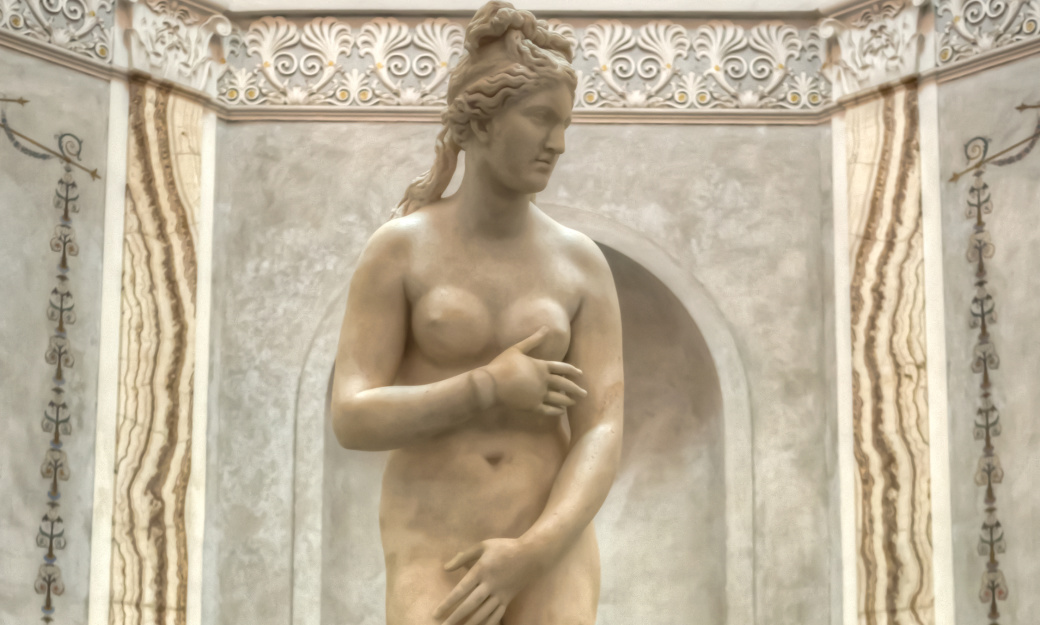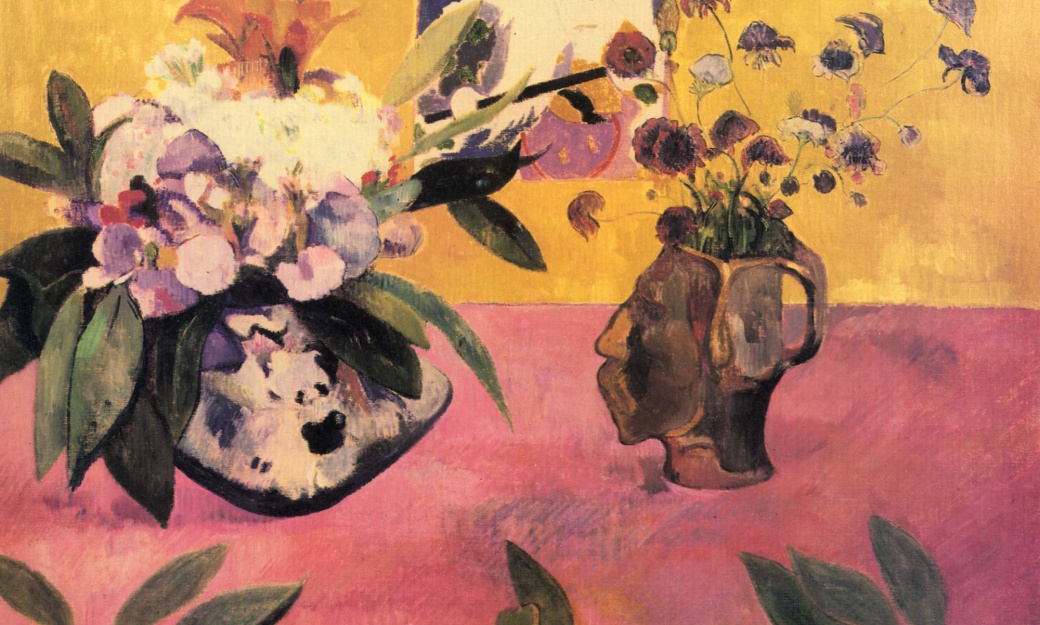Iran and the 'Art' of Diplomacy


Iranian President Hassan Rouhani’s whirlwind visit to Europe last month is being seen as a turning point in Tehran’s relationship with the West, after decades of hostility. But the stint’s moments of awkwardness demonstrated that the two sides still have much to work out before a reunion tour.
When Rouhani gave a press conference at the Capitoline Museums in Rome, which house a priceless collection of Roman statues, he was not greeted with the magnificent Resting Satyr or the radiant Capitoline Venus, but with giant white panels that boxed up the goddess of love and other nudes, presumably to avoid offending the Islamic Republic.
 The backlash that followed, with news headlines (“Rome’s nude statues covered to spare Rouhani’s blushes”) and angry tweets (“When in #Rome, do as the #Persian do”), was mostly directed at the Italian government. It is unclear who ordered the cover-up. Iran denies requesting it. Italy refuses to comment.
The backlash that followed, with news headlines (“Rome’s nude statues covered to spare Rouhani’s blushes”) and angry tweets (“When in #Rome, do as the #Persian do”), was mostly directed at the Italian government. It is unclear who ordered the cover-up. Iran denies requesting it. Italy refuses to comment.
Rouhani, however, did ask that wine not be served at a state dinner with Italian Prime Minister Matteo Renzi, and later at a lunch with French President Francois Hollande in Paris. The Italians agreed; the French rejected the request, cancelled the lunch, and generally escaped public mockery.
The Italians would have seen it coming if they were to recall that in 2014, when six world powers and Iran met in Brussels for one of a string of nuclear talks, someone decided to throw a blanket over two nudes. The gesture backfired. The bare legs of two statues under a sheet ultimately suggested something far steamier. To be “culturally sensitive” is often more absurd than respectful.
In fact, the cultural world is sometimes just a step ahead of statesmen. Iranian and Western galleries and museums have been making multi-billion dollar exchanges of their own.
Ever since the world heard about an estimated $3-billion worth of Picassos, Warhols, Gauguins and other masterpieces of modern art that have been locked in a basement vault in the Tehran Museum of Contemporary Art since their owner, the Shah of Iran, was forced to flee during the Islamic revolution in 1979, the West has been trying to get its hands on them. In October, Berlin and Tehran struck a deal to show some of the works outside of Iran for the first time. During Rouhani’s French visit, the director of the Louvre signed an agreement with the Iranian government that clears the way for cultural exchanges and visiting exhibits. Washington’s Hirshorn Museum has also expressed guarded interest in showing the collection.
The TMoCA collaborated with Italian and American gallerists in November for an exhibit of the work of the late Iranian contemporary artist Farideh Lashai. From paintings to poetry, Lashai’s work gracefully moves in and out of abstraction and realism, politics and nature. The exhibit places Lashai in the company of the West’s greats by displaying her work alongside pieces from the vault collection, including works by Jackson Pollock, Mark Rothko, Francis Bacon, and Cy Twombly.
“In general, it’s always culture and cultural exchange that come first, well before governments and people manage to move on,” American art dealer Edward Tyler Nahem, who represents some of Lashai’s work, told Vanity Fair. “I think this is a lot bigger than we’re allowing ourselves to see, and whether it’s six months or six years hence, I think we will come to understand the impact that this exhibition will have had.”
The artistic climate in Iran has also been undergoing a shift. Last May, the mayor of Tehran replaced billboards normally reserved for the faces of martyrs and Islamic leaders with paintings by Matisse, Monet and others. Over 700 billboards were sprinkled across the sprawling city in an attempt to attract Iranians and tourists alike to museums.
Since the revolution, the Iranian visual arts have carried on strong in spite of efforts by the Islamic Republic to suffocate them. As the diplomatic thaw continues between the West and Tehran, cultural connections that have been hidden away for so long have begun to resurface. The stereotypical image of veiled women and turbaned leaders being offended by nude statues is slowly being replaced with sophisticated musings from the minds of modern Iranians.
Roja Heydarpour is a freelance writer and editor. She has worked for The Daily Beast, The New York Times, Al-Monitor, The New York Observer, and Devex.

